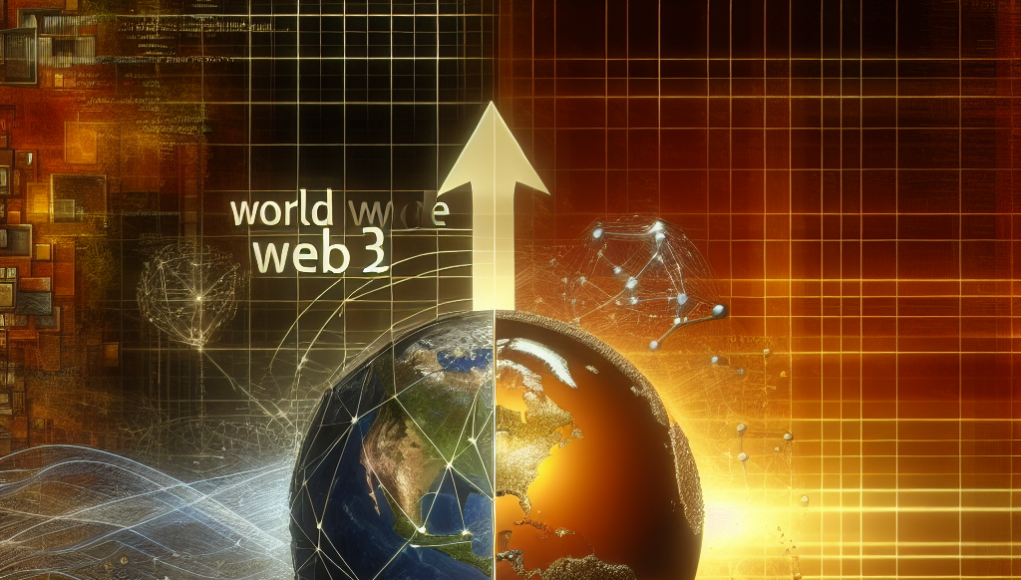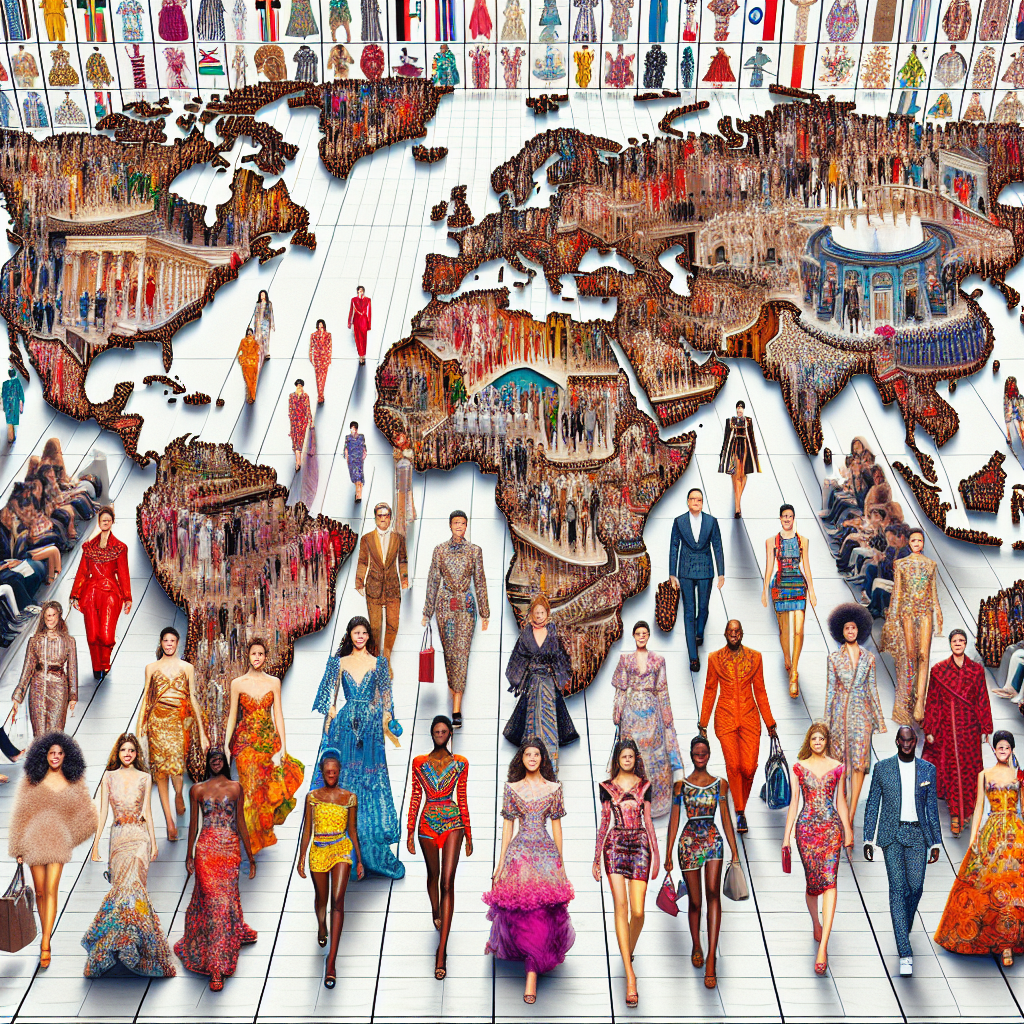The digital world is undergoing a seismic shift with the advent of Web3 technology, a movement that promises to redefine the way we interact with the internet. As the third iteration of the web, Web3 is not just a technical upgrade but a philosophical transformation that aims to decentralize control and empower users. This article delves into the fundamental concepts of Web3, explores the key innovations propelling its growth, and examines its profound impact on the digital landscapes we navigate daily.
Unveiling the Core Concepts of Web3 Technology
Web3, often referred to as the decentralized web, represents a paradigm shift from the traditional centralized internet model. At its core, Web3 leverages blockchain technology to enhance transparency, security, and user control. Unlike Web2, which is dominated by a few centralized entities, Web3 aims to distribute power back to the users by enabling peer-to-peer interactions without intermediaries. This decentralized architecture is foundational to Web3’s vision of a more open and equitable internet.
Smart contracts are another critical component of Web3, allowing automated, self-executing contracts with the terms of the agreement directly written into code. These contracts operate on blockchain networks, ensuring that transactions are irreversible and traceable. By removing the need for intermediaries, smart contracts streamline processes, reduce costs, and minimize the potential for human error or manipulation.
Decentralized applications, or dApps, are applications that run on a blockchain network rather than a single server. These dApps provide users with more control over their data and interactions, fostering a more democratic digital environment. With no central authority to dictate terms, users can engage with these applications in a manner that respects their privacy and autonomy.
The concept of digital identity is also being reimagined in the Web3 ecosystem. Self-sovereign identity allows individuals to own and manage their personal data without relying on third-party services. This shift is crucial in an era where data breaches and privacy concerns are rampant. By giving users control over their own identities, Web3 aims to enhance privacy and security.
Interoperability is a significant focus of Web3 development, ensuring that different blockchain networks can communicate and operate seamlessly with each other. This capability is essential for creating a cohesive digital ecosystem where users can move assets and data across various platforms without friction. Interoperability fosters collaboration and innovation, driving the Web3 vision forward.
Finally, the economic model of Web3 is characterized by tokenization, where digital assets represent value and can be traded or utilized within the network. Tokens can represent anything from currency to access rights, enabling new forms of economic interaction. This model not only incentivizes participation but also democratizes access to investment opportunities traditionally reserved for the few.
Key Innovations Driving the Web3 Revolution
One of the most groundbreaking innovations in the Web3 space is the emergence of decentralized finance, or DeFi. This ecosystem of financial services operates without traditional banks, offering lending, borrowing, and trading on blockchain platforms. DeFi democratizes finance by providing access to anyone with an internet connection, challenging the conventional financial system and its gatekeepers.
Non-fungible tokens, or NFTs, have also captured significant attention as a revolutionary innovation in the Web3 era. Unlike cryptocurrencies, NFTs are unique digital assets that can represent ownership of a wide range of items, from art to real estate. This innovation has transformed how we perceive ownership and value in the digital realm, creating new opportunities for artists, creators, and investors.
The concept of decentralized autonomous organizations (DAOs) is another key innovation driving the Web3 revolution. DAOs are organizations governed by smart contracts and decentralized decision-making processes. They enable collective management and operation without centralized leadership, promoting transparency and inclusivity in organizational governance.
Web3 is also witnessing significant advancements in privacy technologies, such as zero-knowledge proofs and privacy-focused cryptocurrencies. These innovations aim to enhance user privacy and security by allowing transactions to be verified without revealing sensitive information. As privacy concerns continue to grow, these technologies are becoming increasingly vital to the Web3 ecosystem.
Interoperability protocols are essential innovations that enable different blockchain networks to interact and share information seamlessly. Projects like Polkadot and Cosmos are pioneering efforts in creating interconnected blockchain networks, facilitating a more integrated and efficient digital ecosystem. These protocols are crucial for the scalability and sustainability of the Web3 infrastructure.
Lastly, the rise of decentralized storage solutions, such as IPFS and Filecoin, is transforming how data is stored and accessed on the internet. These systems distribute data across a network of nodes, ensuring redundancy and resilience. By moving away from centralized data centers, decentralized storage enhances security and reduces the risk of data loss or censorship.
Analyzing the Impact of Web3 on Digital Landscapes
The impact of Web3 on digital landscapes is profound, reshaping industries and redefining user experiences. One of the most significant changes is in the realm of finance, where DeFi is challenging traditional banking models and offering new financial opportunities. This shift is democratizing access to financial services, enabling individuals in underserved regions to participate in the global economy.
In the creative industries, NFTs are revolutionizing how artists and creators monetize their work. By providing a platform for direct sales and royalties, NFTs eliminate the need for intermediaries, allowing creators to retain more control and revenue. This transformation is empowering artists and fostering a more diverse and vibrant cultural landscape.
Web3’s emphasis on user control and privacy is also impacting social media and online interactions. Decentralized social networks are emerging, offering alternatives to traditional platforms that often exploit user data for profit. These networks prioritize user privacy and autonomy, potentially leading to a more ethical and user-centric digital environment.
The rise of DAOs is influencing how organizations operate and make decisions. By decentralizing governance, DAOs promote transparency and inclusivity, allowing stakeholders to have a direct say in the operations. This model is being adopted by various sectors, from finance to non-profits, signaling a shift toward more democratic and accountable organizational structures.
In the realm of digital identity, Web3 is offering solutions that enhance security and privacy. Self-sovereign identity systems allow individuals to control their personal information, reducing the risk of identity theft and data breaches. This shift is crucial in an age where digital identity is increasingly intertwined with daily life.
Finally, Web3’s impact on data storage and accessibility is significant. Decentralized storage solutions are challenging the dominance of centralized cloud providers, offering more secure and resilient alternatives. This transformation is crucial for ensuring data integrity and availability in an increasingly digital world.
Web3 technology is ushering in a new era of the internet, characterized by decentralization, user empowerment, and transparency. As we explore its core concepts and key innovations, it becomes clear that Web3 is not just a technological advancement but a fundamental shift in how we interact with the digital world. By analyzing its impact on various digital landscapes, we can begin to understand the transformative potential of Web3 and its role in shaping the future of the internet. As this revolution unfolds, it is essential to remain engaged and informed, ensuring that the benefits of Web3 are realized for all.










